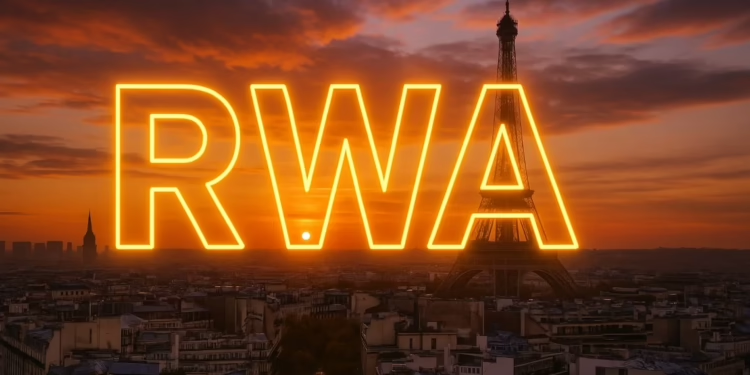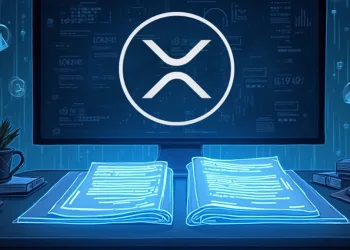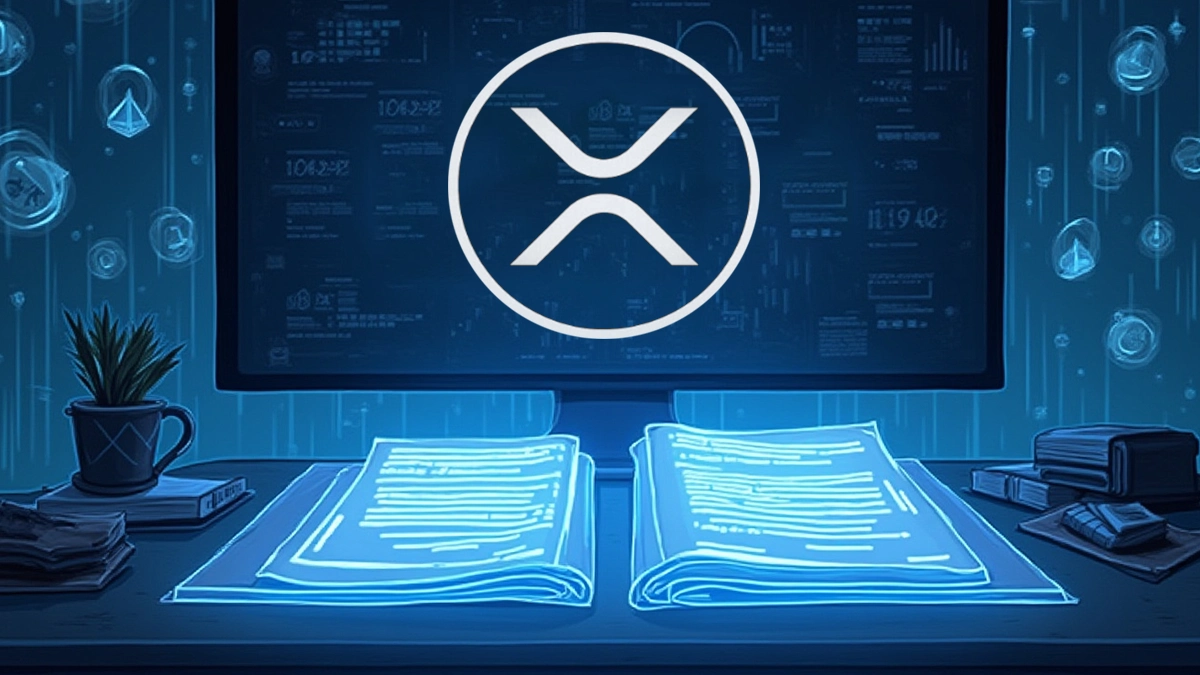- BlackRock operates as the top issuer of tokenized U.S. Treasuries with their company in control of 88% of the market assets.
- By April 2025 the tokenized RWA sector has developed a market capitalization value of $21.3 billion.
- The emergence of concern regarding centralization occurs because most tokenized assets are created on permissioned blockchains.
The tokenized U.S. Treasuries market, often viewed as a bridge between traditional finance and blockchain technology, is seeing a growing concentration among a handful of issuers. Recent data from WuBlockchain shows that six entities now control 88% of all tokenized Treasury assets, signaling a notable centralization trend.
As tokenized real-world assets (RWAs) gain acceptance, this early consolidation raises critical questions about market structure, liquidity risks, and the balance between innovation and control.
BlackRock’s BUIDL Fund Takes the Lead
At the forefront of this market is BlackRock, who’s BUIDL fund now holds a commanding $2.5 billion in market capitalization. This makes BUIDL the largest player, accounting for 41.1% of the tokenized Treasury market.
Compared to its nearest competitor, BUIDL’s size is 360% larger, demonstrating a sharp concentration of assets. Since the beginning of 2025, the fund’s value has surged by 291%, indicating robust institutional demand for blockchain-based government securities.
Issuers Gain Ground Amid Shifting Trends
While BlackRock leads by a wide margin, other major participants are also securing significant market shares. Franklin Templeton’s BENJI fund stands at $707 million, followed by Superstate’s USTB at $661 million. Ondo Finance appears twice in the rankings with its USDY fund valued at $586 million and its OUSG fund at $424 million. Circle’s USYC fund completes the top six, holding $487 million in tokenized assets. Together, these firms dominate the tokenized Treasuries landscape, suggesting a trend toward early market consolidation.
The broader tokenized real-world asset market has grown rapidly, reaching $21.3 billion in capitalization by April 21, 2025. Despite the overall growth, some funds showed uneven performance. Notably, Circle’s USYC was the only fund among the top six to experience a decline in market capitalization, highlighting ongoing competition even among leading issuers.
Centralization Risks and Future Outlook
The marketplace faces concerns about centralization because large industry players continue to assert control while the market system was designed for decentralization. According to Industry leaders MEXC’s Tracy Jin, have pointed out that many tokenized assets are built on permissioned blockchains ,allowing greater authority control and posing potential risks of restrictions or asset seizures.Looking ahead, analysts expect regulatory developments, stronger interoperability, and improved digital identity solutions to shape the next phase of tokenization.














